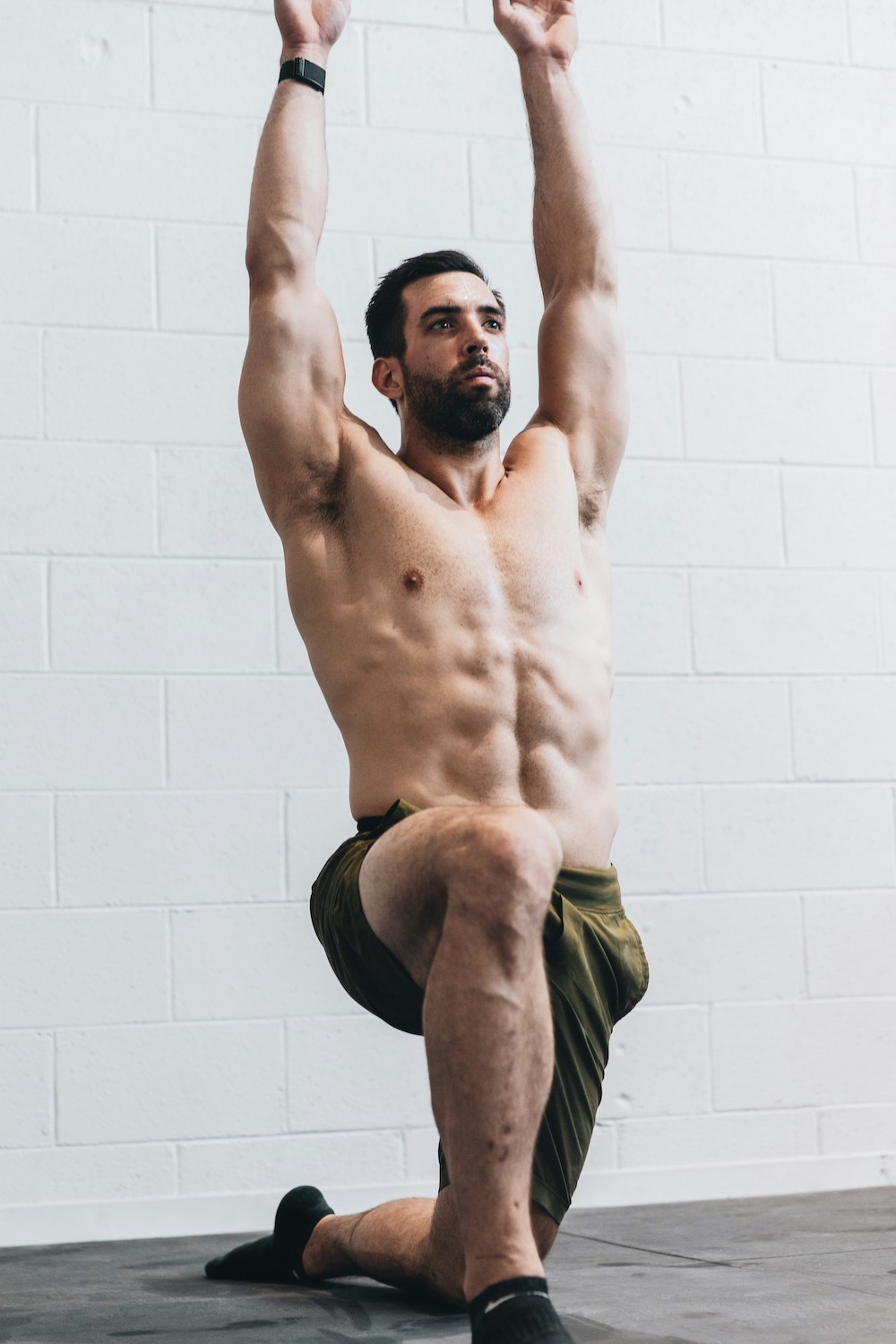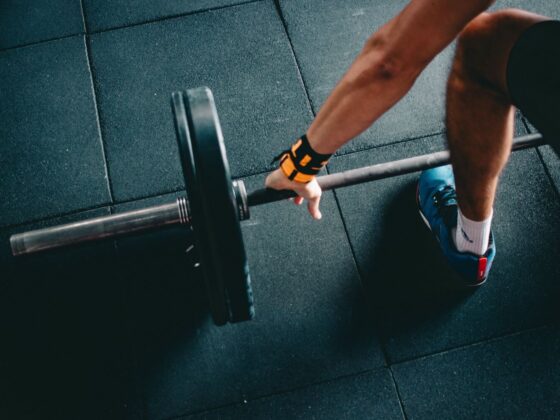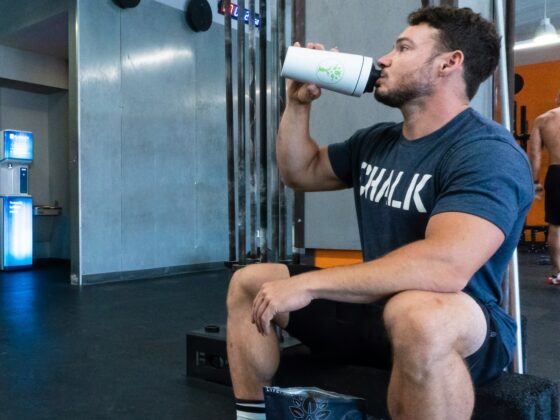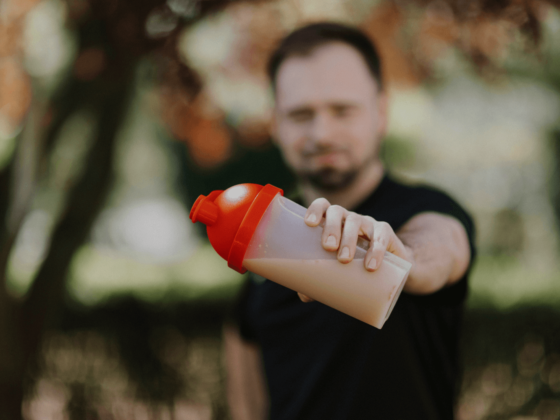Introduction
In the pursuit of fitness, it’s easy to focus solely on lifting weights and performing isolated exercises. However, true well-rounded fitness goes beyond gym aesthetics – it’s about enhancing your ability to navigate real-life movements and activities. In this blog post, we’ll explore the concept of functional fitness and the importance of incorporating exercises that mimic everyday movements for improved functionality.
Understanding Functional Fitness
Functional fitness emphasizes exercises that replicate and strengthen movements you perform in daily life. These movements involve multiple joints, engage various muscle groups, and enhance overall coordination. The goal is to improve your ability to perform daily tasks efficiently, reduce the risk of injuries, and enhance the quality of your life.
Benefits of Functional Fitness
1. Improved Everyday Performance
Functional exercises mirror real-life activities, such as bending, lifting, twisting, and reaching. By training your body to handle these movements, you enhance your overall performance in daily tasks, whether it’s carrying groceries, playing with your kids, or reaching for items on a high shelf.
2. Enhanced Core Strength and Stability
Many functional exercises engage the core muscles, which are essential for stability and balance. A strong core contributes to better posture, reduced risk of back pain, and improved overall body control.
3. Increased Joint Mobility
Functional fitness incorporates a variety of movements that promote joint mobility and flexibility. This is particularly beneficial for maintaining joint health and preventing stiffness, especially as we age.
4. Injury Prevention
By focusing on functional movements, you address imbalances and weaknesses in your body. This proactive approach reduces the risk of injuries, as your body becomes more resilient and capable of handling a range of physical demands.
5. Efficient Use of Time
Functional workouts often involve compound exercises that target multiple muscle groups simultaneously. This efficiency allows you to accomplish a comprehensive workout in less time compared to traditional, isolated exercises.
Examples of Functional Exercises
1. Squats
Squats replicate the motion of sitting and standing, making them a functional exercise for daily activities like getting in and out of chairs or picking up items from the ground.
2. Deadlifts
Deadlifts mimic the action of lifting objects from the ground, promoting proper lifting mechanics and strengthening the muscles involved in this common daily task.
3. Lunges
Lunges simulate walking and stepping motions, enhancing leg strength, balance, and coordination. They are particularly beneficial for activities that involve changing directions or navigating uneven surfaces.
4. Push-Ups
Push-ups engage multiple muscle groups, including the chest, shoulders, arms, and core. This exercise mirrors the pushing motion involved in various daily activities.
5. Planks
Planks are effective for developing core strength and stability, replicating the posture required for activities like carrying heavy bags or maintaining good posture while sitting.
Integrating Functional Fitness into Your Routine
1. Identify Daily Movements
Take note of the movements you frequently perform in your daily life. This could include bending, twisting, reaching, or lifting.
2. Tailor Your Workouts
Design your workouts to include exercises that mimic these daily movements. Integrate a variety of functional exercises to target different muscle groups and movement patterns.
3. Prioritize Form and Technique
Focus on proper form and technique during functional exercises to maximize their effectiveness and reduce the risk of injury. Start with bodyweight movements before progressing to added resistance.
4. Include Balance and Coordination Exercises
Incorporate exercises that challenge your balance and coordination, such as single-leg exercises or movements on unstable surfaces. This enhances overall functional fitness.
Conclusion
Functional fitness is about preparing your body for the demands of daily life, promoting mobility, strength, and resilience. By incorporating exercises that mirror real-life movements into your fitness routine, you not only enhance your physical performance but also invest in long-term health and injury prevention. Embrace the principles of functional fitness, tailor your workouts to align with daily activities, and witness the transformative impact on your overall well-being. Elevate your fitness journey by making it not just about how you look, but about how well you move and function in the world around you.










